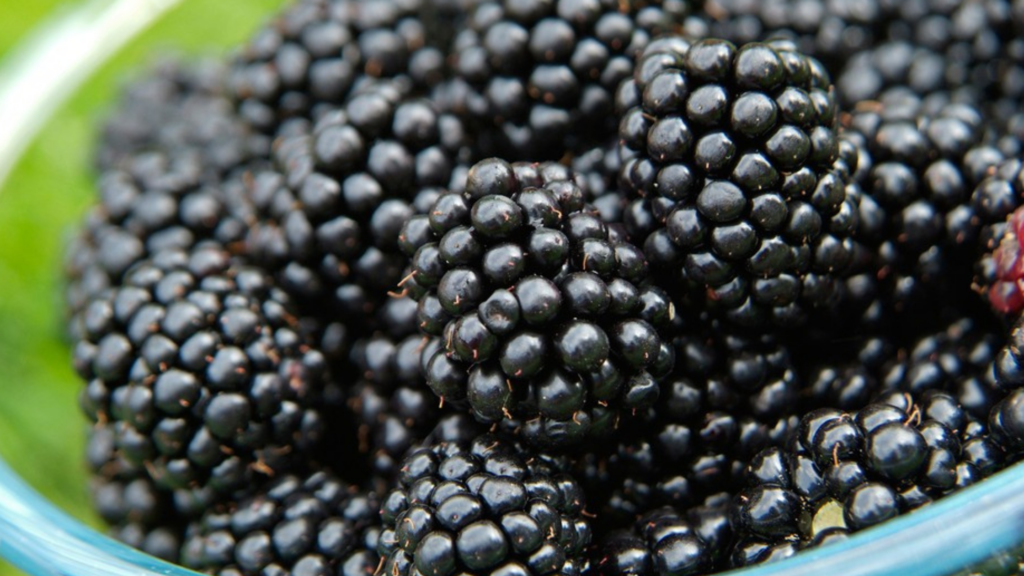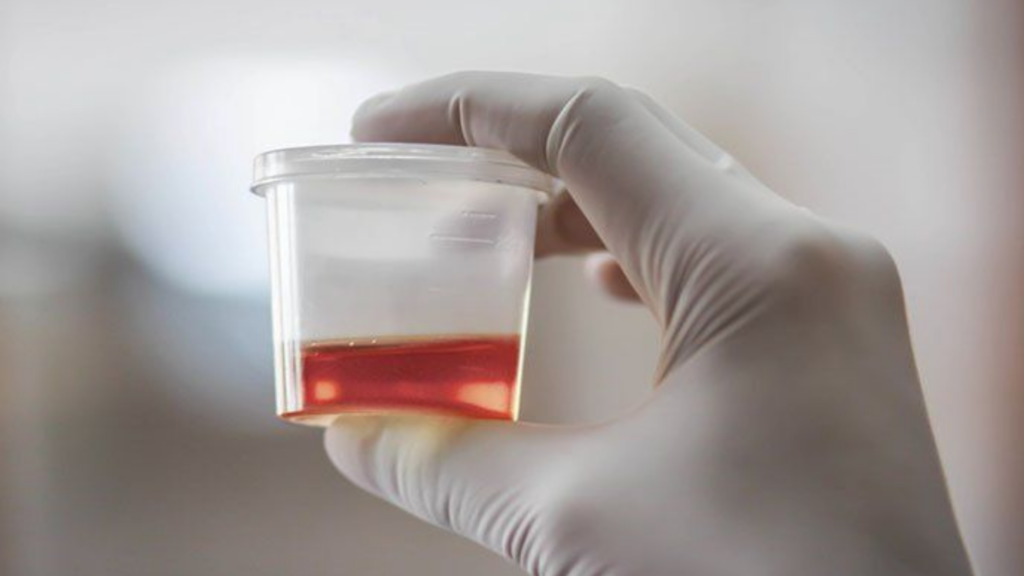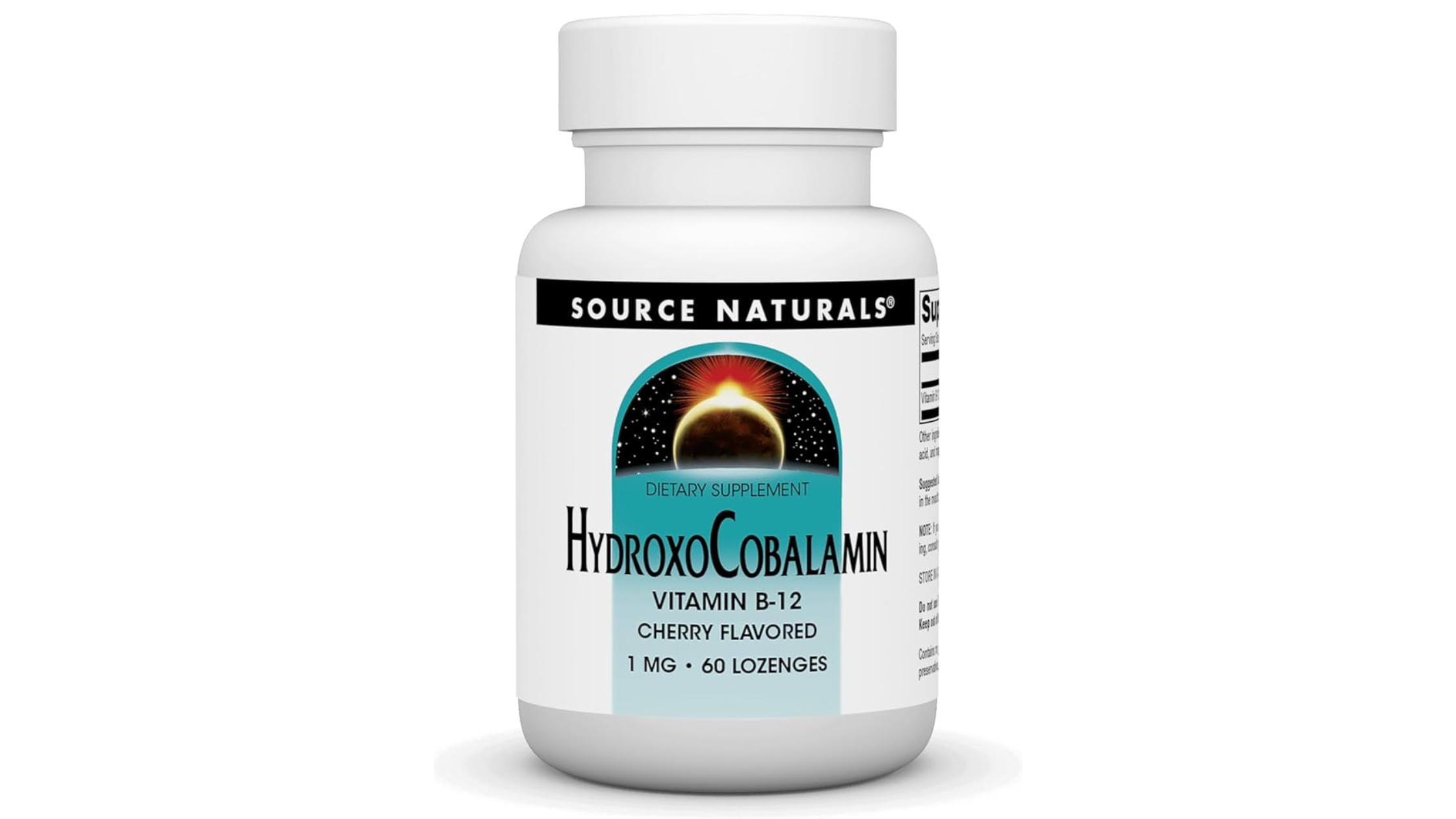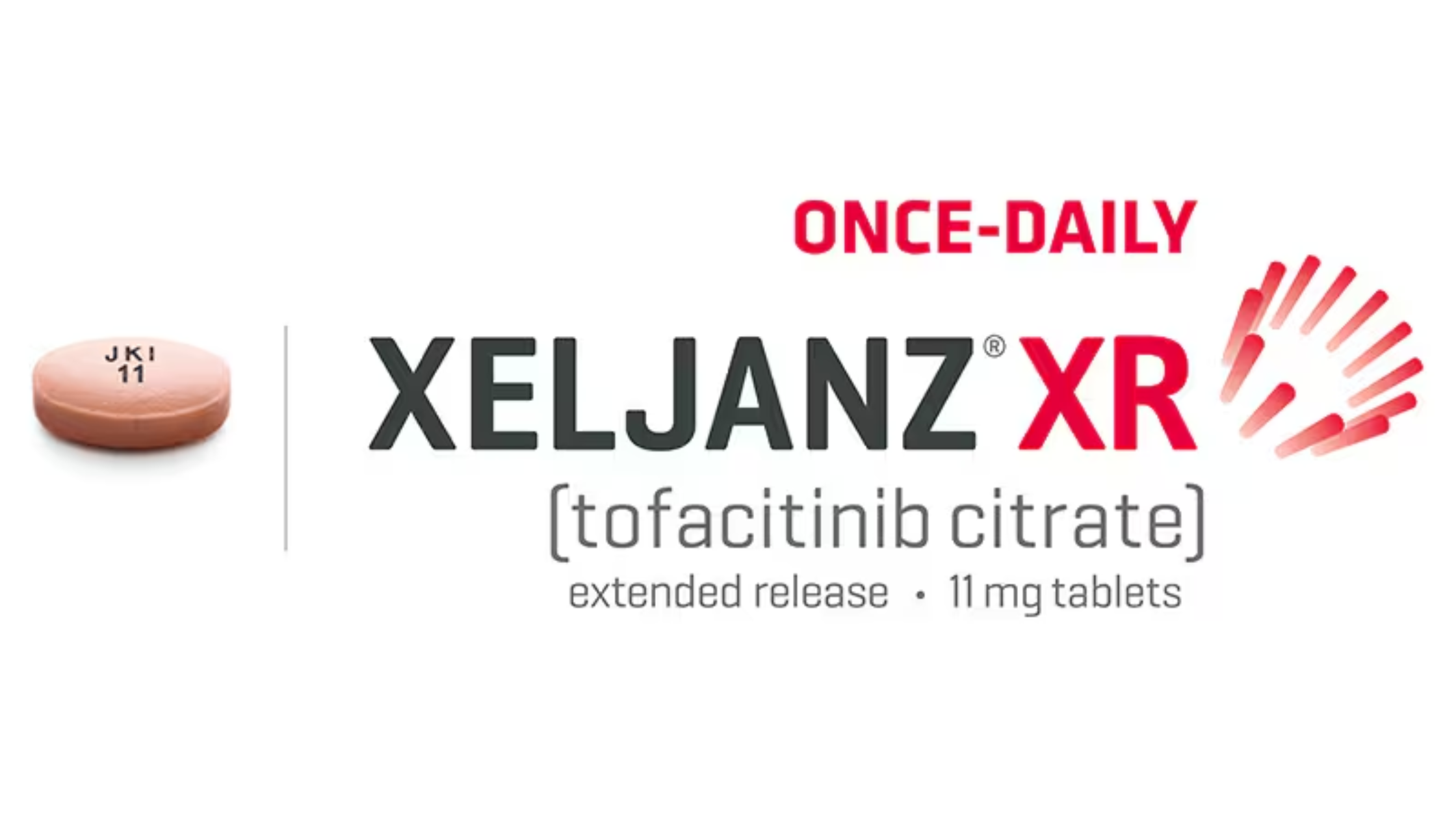What antidote causes pink urine? Well, this antidote is Hydroxocobalamin. In this content, you will discover why this antidote causes pink urine. You will also learn about other factors that lead to reddish or pink urine. You will understand the effects of Hydroxocobalamin and dietary influences on your urine color.
When it comes to the color of your urine, it’s something we sometimes take seriously. We expect it to range from light yellow to amber. It is influenced by our hydration levels. However, there are instances when urine can take on a reddish or pink hue, prompting concern and curiosity. Knowing the causes behind this unusual color change is essential for you. This is especially true when it involves medical treatments. One such instance is the use of Hydroxocobalamin, an antidote for cyanide poisoning. This article will delve into the reasons behind pink urine, focusing on Hydroxocobalamin and dietary factors such as the consumption of certain foods.

Hydroxocobalamin and Pink Urine
What is Hydroxocobalamin?
Hydroxocobalamin is a form of vitamin B12 used medically to treat cyanide poisoning. Cyanide poisoning is a potentially lethal condition that can occur due to exposure to smoke from fires, industrial chemicals, or certain foods. Cyanide inhibits cellular respiration, preventing cells from using oxygen, which can lead to rapid and severe health consequences.
How Does Hydroxocobalamin Work?
When administered, Hydroxocobalamin binds with cyanide ions to form cyanocobalamin, a less harmful compound that can be excreted by the body. This process effectively detoxifies the cyanide, allowing normal cellular respiration to resume.
Why Does Hydroxocobalamin Cause Pink Urine?
One of the notable side effects of Hydroxocobalamin is that it can impart a reddish or pink color to the skin and urine. This color change is harmless and transient, typically resolving within a few days after the treatment has been administered. The reason behind this color change is the deep red color of Hydroxocobalamin itself. When injected, the high concentration of the antidote can tint bodily fluids, including urine.
Dietary Ingestion and Pink Urine
Apart from medical treatments, certain foods can also cause urine to turn pink or reddish. Here are some common dietary culprits:
Beets
Beets are well-known for their ability to change the color of urine. This phenomenon, known as beeturia, occurs in some individuals after consuming beets or beet products. The pigment responsible for this color change is called betalain, which is not broken down completely in the digestive system and is excreted in the urine.
Blackberries

Blackberries contain natural pigments called anthocyanins, which can also cause a reddish or pink tint in urine. These pigments are water-soluble and can be excreted by the kidneys, leading to a temporary change in urine color.
Fava Beans
Fava beans, also known as broad beans, can cause a condition called favism in susceptible individuals, leading to hemolytic anemia. One of the symptoms of this condition can be dark or reddish urine. However, even in individuals without favism, consuming large quantities of fava beans can sometimes lead to a temporary change in urine color due to their high pigment content.
Other Causes of Pink Urine
While Hydroxocobalamin and dietary factors are common causes of pink urine, it’s important to consider other potential reasons as well:
Hematuria

Hematuria or haematuria is the presence of blood in your urine, which can cause it to appear pink, red, or even brown. This condition can result from various factors, including urinary tract infections, kidney stones, or more serious conditions like bladder or kidney cancer. If you notice persistent changes in your urine color, it’s crucial to seek medical advice to rule out underlying health issues.
Medications
Certain medications can also cause urine to change color. For example, rifampin, a drug used to treat tuberculosis, can cause red or orange urine. Similarly, some laxatives containing senna can lead to pink or red urine. Always consult with your healthcare provider if you notice any unusual changes in your urine color after starting a new medication.
When to Seek Medical Attention Over Pink Urine
While a temporary change in urine color due to foods or medications is usually harmless, persistent or unexplained changes should not be ignored. Here are some signs that warrant medical attention:
- Persistent Pink or Red Urine: If the color change lasts more than a few days or occurs frequently, it’s essential to consult a healthcare professional.
- Accompanying Symptoms: If you experience pain, discomfort, or other symptoms like fever, it could indicate an underlying condition that needs evaluation.
- Family History: A family history of kidney disease or other related conditions may increase the importance of getting checked by a doctor if you notice changes in urine color.
How to Manage Pink Urine
If you experience pink urine due to Hydroxocobalamin or dietary factors, there’s usually no need for concern. However, here are some steps you can take to manage and monitor the situation:
Stay Hydrated
Maintaining good hydration can help dilute the pigments in your urine, potentially reducing the intensity of the color change. Drinking plenty of water ensures that your urine remains a light yellow color, making it easier to spot any unusual changes.
Monitor Your Diet
If you suspect that certain foods are causing your urine to turn pink, try keeping a food diary to track what you eat and any changes in urine color. This can help you identify the specific foods responsible and adjust your diet accordingly.
Consult with Your Healthcare Provider
If you’re undergoing treatment with Hydroxocobalamin or any other medication that could affect urine color, discuss any concerns with your healthcare provider. They can provide reassurance and additional information about what to expect during your treatment.
Summary
Pink or reddish urine can be alarming, but understanding the potential causes can help alleviate concerns. Hydroxocobalamin, an antidote for cyanide poisoning, is a common cause due to its deep red color. Additionally, certain foods like beets, blackberries, and fava beans can also cause temporary changes in urine color. While these changes are usually harmless and transient, persistent or unexplained color changes should be evaluated by a healthcare professional. By staying informed and vigilant, you can ensure that any unusual changes in your urine color are promptly addressed.




